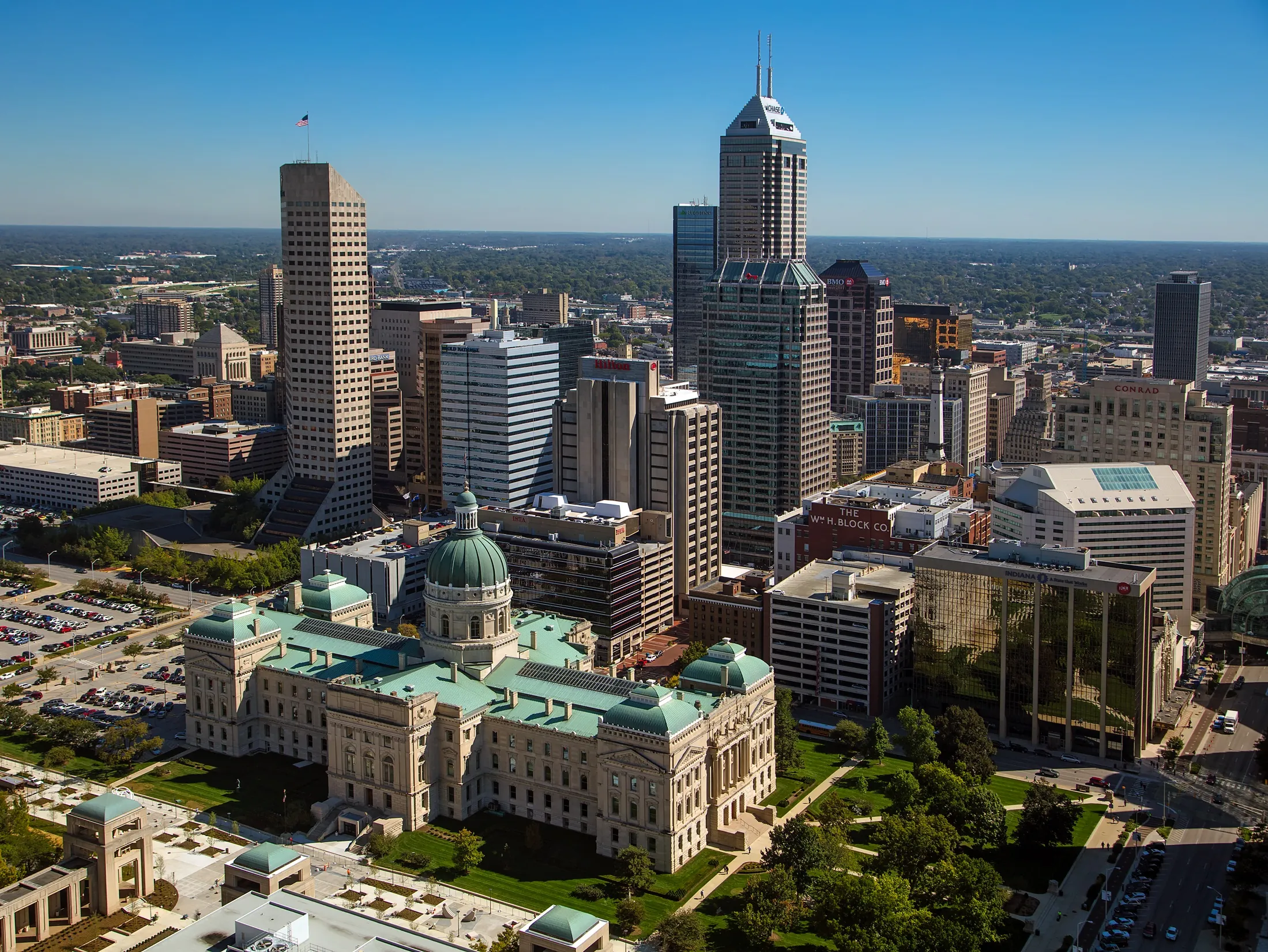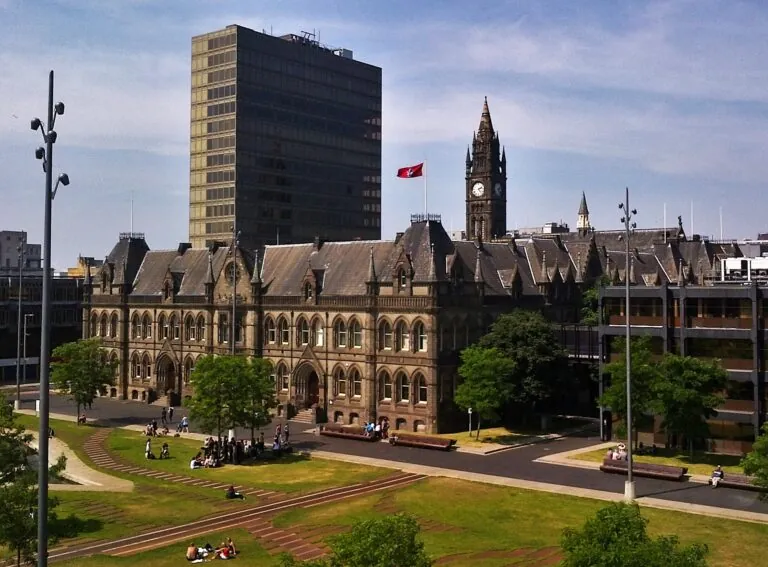This Indiana City Takes the Lead in Highest Cancer Rates in the State
The city of Indianapolis, Indiana has the highest cancer rates in the state. According to the National Cancer Institute’s State Cancer Profiles, Indianapolis had an age-adjusted cancer incidence rate of 652.3 cases per 100,000 people in 2016-2020, which is higher than the state average of 629.4 cases per 100,000 people.
Factors Contributing to High Cancer Rates:
- Smoking Rates in Indianapolis: Smoking, a leading cause of preventable death, is a significant risk factor for cancer. Indianapolis faces a higher smoking rate compared to the state average. In 2021, 18.6% of adults in the city smoked, exceeding the statewide figure of 16.8%. Smoking can contribute to various cancers, affecting organs such as the lungs, bladder, colon, cervix, and more.
- Obesity Rates in Indianapolis: Obesity, another major cancer risk factor, is more prevalent in Indianapolis than the state average. In 2021, 35.3% of adults in the city were obese, in contrast to the statewide rate of 33.0%. Obesity is associated with an increased risk of breast cancer, colon cancer, endometrial cancer, kidney cancer, and liver cancer.
- Impact of Poverty: Indianapolis contends with a higher poverty rate than the state average. In 2021, 14.5% of the city’s population lived below the poverty line, compared to 13.5% statewide. Poverty restricts access to healthcare, leading to delayed cancer diagnosis and treatment. Additionally, those in poverty often reside in areas with elevated air pollution, intensifying cancer risks.
- Environmental Factors in Indianapolis: The city grapples with high levels of air pollution, ranking 17th out of 235 major U.S. cities in particulate matter pollution in 2021. Air pollution is a known cancer risk factor, affecting organs such as the lungs, bladder, and colon. Indianapolis’ proximity to Superfund sites, contaminated with hazardous waste, further elevates cancer risks.
- Other Contributing Factors: Other factors influencing cancer rates in Indianapolis include the city’s older population, with a median age of 35.8 years in 2021 compared to the statewide median of 35.2 years. Certain racial and ethnic groups, like Black Americans, face higher risks of specific cancers. Additionally, a family history of cancer can elevate an individual’s cancer risk.
Addressing the Challenge:
To mitigate the high cancer rates in Indianapolis, several strategies can be employed:
- Reducing Smoking Rates: Implement additional tobacco control measures, such as increasing the price of tobacco products and expanding access to smoking cessation programs.
- Combatting Obesity: Promote healthy eating and physical activity through initiatives like incorporating healthy food options in schools and workplaces, and developing walking and biking trails.
- Alleviating Poverty: Invest in programs aimed at helping individuals lift themselves out of poverty, including job training and affordable housing initiatives.
- Tackling Air Pollution: Implement policies to reduce air pollution, such as investing in public transportation and advocating for clean energy sources.
- Improving Access to Cancer Screening and Treatment: Make cancer screening and treatment services more accessible to all residents, irrespective of income or insurance status.
Conclusion:
The complex web of factors contributing to Indianapolis’ elevated cancer rates requires a multifaceted approach. By addressing smoking, obesity, poverty, environmental factors, and enhancing access to cancer screening and treatment, the city can work towards reducing the burden of this devastating disease on its residents. It’s crucial for policymakers, healthcare professionals, and the community to collaborate effectively in implementing these measures to create a healthier and cancer-resistant Indianapolis.
FAQ’s
Q: Why does Indianapolis have the highest cancer rates in Indiana?
A: There are a number of factors that may contribute to the high cancer rates in Indianapolis, including:
- Smoking
- Obesity
- Poverty
- Environmental factors
- Age
- Race and ethnicity
- Family history of cancer
Q: What is being done to address the high cancer rates in Indianapolis?
A: The city of Indianapolis is working to address the high cancer rates through a number of initiatives, including:
- Tobacco control
- Obesity prevention
- Cancer screening and treatment
The city is also investing in research to better understand the causes of cancer and develop new prevention and treatment strategies.
Q: What can individuals do to reduce their risk of cancer?
A: There are a number of things that individuals can do to reduce their risk of cancer, including:
- Quitting smoking
- Maintaining a healthy weight
- Eating a healthy diet
- Exercising regularly
- Getting regular cancer screenings
Q: What resources are available to people with cancer in Indianapolis?
A: There are a number of resources available to people with cancer in Indianapolis, including:
- Cancer Support Community Central Indiana
- Indiana Cancer Control Network
- American Cancer Society Indiana Chapter
- Riley Hospital for Children Cancer Center
- Indiana University Health Simon Cancer Center
- Franciscan Health Cancer Center
These organizations provide a variety of services and support to people with cancer and their families.
Q: What can I do to help reduce the cancer burden in Indianapolis?
A: There are a number of things that you can do to help reduce the cancer burden in Indianapolis, including:
- Educating yourself and others about cancer prevention and early detection
- Supporting cancer research and advocacy organizations
- Volunteering your time to help people with cancer and their families







